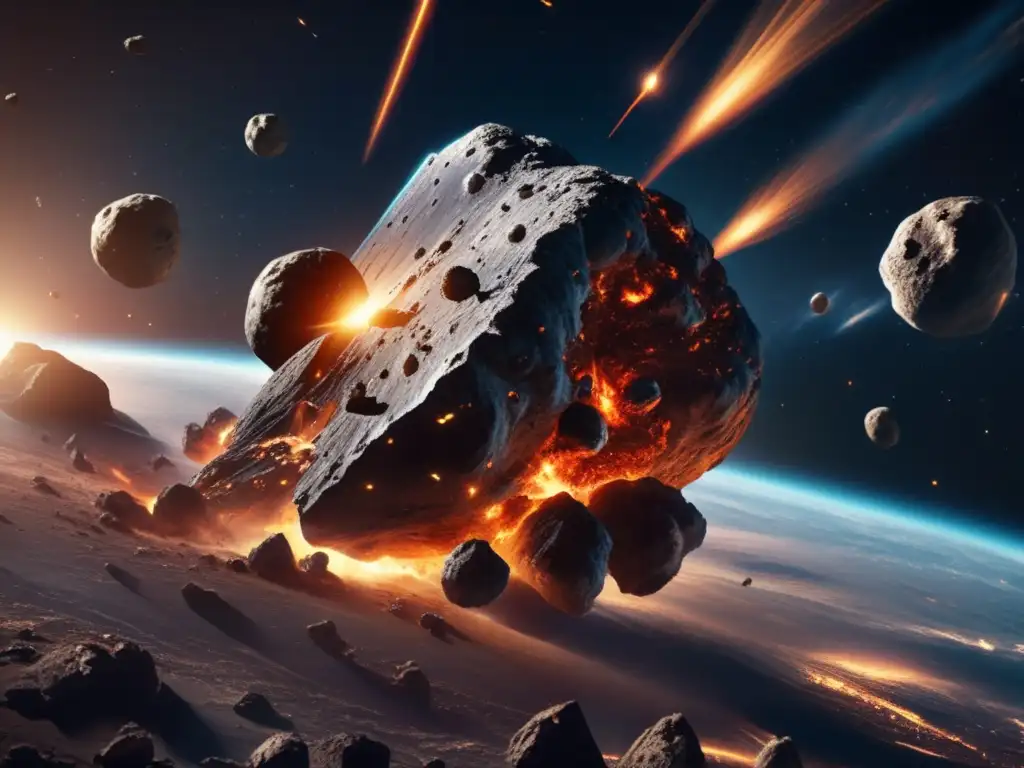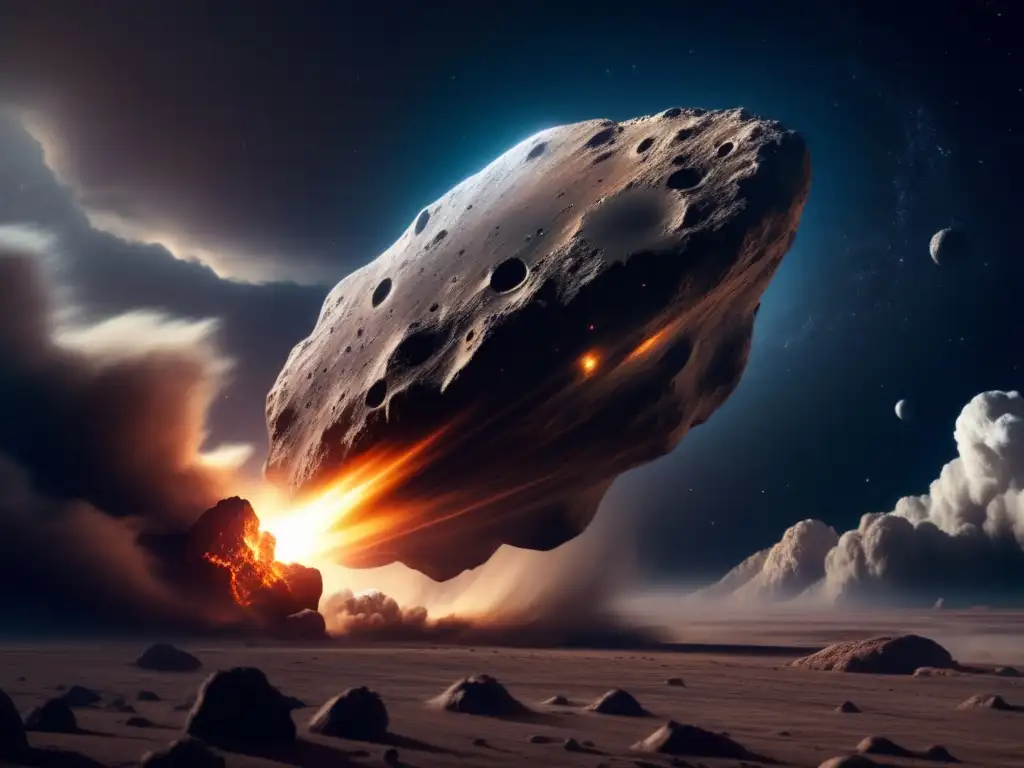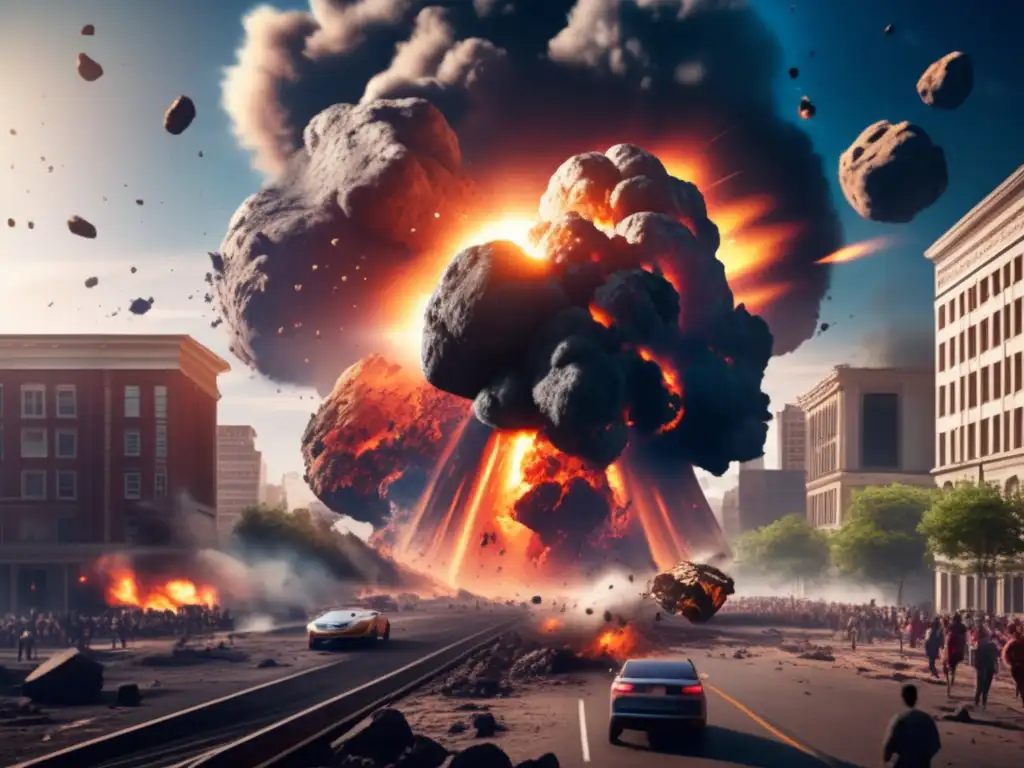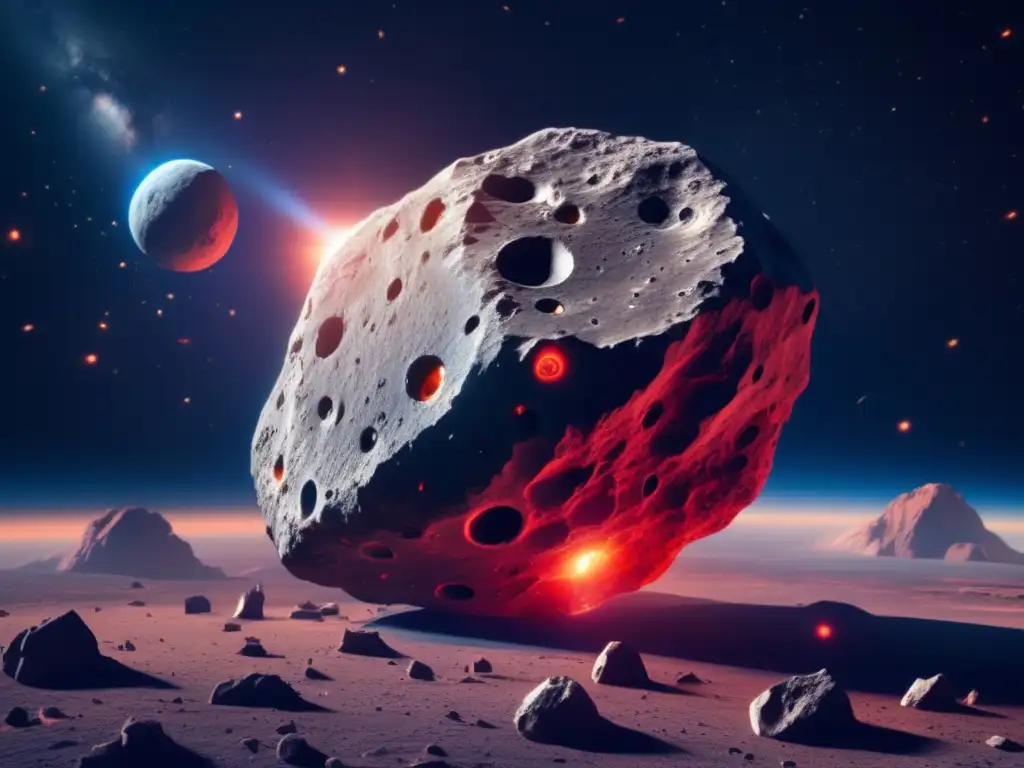Unseen Disasters: The Threat Of Undetected Asteroids

Introduction
Asteroids are one of the fascinating celestial objects that roam our solar system. They have the potential to impact our planet, which has severe consequences. While many known asteroids can be tracked and monitored by scientists, there is a constant threat of undetected asteroids that could collide with Earth. In this article, we will explore the dangers posed by undetected asteroids and what measures are being taken to identify them before it is too late.
The Hazards of Undetected Asteroids

Potential Impact of Undetected Asteroids
Undetected asteroids pose a significant threat to our planet. While smaller asteroids burn up in the atmosphere and cause little damage, larger ones can have catastrophic effects. In fact, history has shown that asteroids have led to mass extinctions, such as the one that wiped out the dinosaurs. A significant asteroid impact could cause widespread destruction, fires, and even tsunamis.
The Difficulty of Detecting Asteroids
Detecting asteroids is a challenging task, as they are typically small, dark, and move quickly. This makes them challenging to spot, even with large telescopes. Additionally, asteroids can come from any direction, making it challenging to monitor all parts of the sky effectively. Finally, undetected asteroids can enter Earth's atmosphere without warning, leaving no time for evacuation or preparation.
Risks to Life and Property
If an undetected asteroid were to impact Earth, the results could be catastrophic. Depending on the size of the asteroid, the impact could destroy entire cities, and in the worst case, lead to mass extinction events. Even a small asteroid impact near a populated area could cause significant damage and loss of life.
Identifying Undetected Asteroids

The Role of NASA's NEO Program
The National Aeronautics and Space Administration (NASA) has established the Near-Earth Object (NEO) Observations Program to identify potentially hazardous asteroids. The program uses a combination of ground-based telescopes, spacecraft, and modeling to track and characterize asteroids.
Improved Detection Technology
Advancements in telescope technology and computing power have made it easier to detect asteroids. New surveys, such as the Large Synoptic Survey Telescope, are designed to scan the sky for potentially hazardous asteroids continually. This, coupled with advanced modeling techniques, allows scientists to predict asteroid orbits and calculate the likelihood of an impact.
International Cooperation
Asteroid detection is not something that any one country can handle alone. International cooperation is essential to identify and track asteroids effectively. Organizations such as the United Nations' Committee on the Peaceful Uses of Outer Space (COPUOS) promote international cooperation in asteroid detection and tracking.
The Future of Asteroid Detection

Improved Surveys and Modeling Techniques
As technology advances, it is likely that asteroid detection will become more efficient and effective. Larger telescopes and improved software will allow researchers to detect smaller, dimmer asteroids. Improvements in modeling techniques will also allow scientists to predict the orbits of detected asteroids more accurately.
Increased Funding for Asteroid Detection
Despite the potential threat of asteroids, funding for asteroid detection remains relatively low. Increased funding would allow for more sophisticated surveys and modeling techniques, which would lead to more comprehensive asteroid detection and tracking.
Space-Based Detection
As technology advances, it may be possible to detect asteroids from space. Space-based telescopes would have an unobstructed view of the sky and could potentially detect asteroids that ground-based telescopes cannot.
Frequently Asked Questions

-
What is the likelihood of an undetected asteroid impact?
The likelihood of an undetected asteroid impact is difficult to predict. However, the consequences of such an impact could be catastrophic, making it essential to identify and track potentially hazardous asteroids.
-
How are asteroids detected?
Asteroids are detected using a combination of ground-based telescopes, spacecraft, and modeling techniques.
-
What measures are being taken to identify undetected asteroids?
Organizations such as NASA's NEO Program and the United Nations' Committee on the Peaceful Uses of Outer Space (COPUOS) are working to identify and track potentially hazardous asteroids. Improved technology and international cooperation are also essential in detecting undetected asteroids.
-
What are the effects of an asteroid impact?
A significant asteroid impact can cause widespread destruction, including fires, tsunamis, and even mass extinction events.
-
What can individuals do to prepare for a potential asteroid impact?
While the probability of an asteroid impact is low, it is still essential to have an emergency plan in place. Individuals should stay informed about potential threats and follow evacuation orders if necessary.
Conclusion
Undetected asteroids pose a significant threat to our planet, and detecting them is vital to our safety. While significant progress has been made in asteroid detection, more needs to be done to ensure that we are prepared for a potential impact. Increased funding, improved technology, and international cooperation are essential in identifying and tracking potentially hazardous asteroids. As individuals, it is also important to stay informed and have an emergency plan in place.
Thank you for reading, and feel free to share your thoughts on this important topic in the comments section below.
Additional Resources

For further reading, please see the below links:
- NASA's Near Earth Object Program
- United Nations Office for Outer Space Affairs
- Large Synoptic Survey Telescope (LSST)
 Quantifying The Impact: How Scientists Measure Asteroid Collisions
Quantifying The Impact: How Scientists Measure Asteroid Collisions In The Wake Of Destruction: Post-Impact Ecosystems
In The Wake Of Destruction: Post-Impact Ecosystems Nuclear Winter: How Asteroid Impacts Can Affect Climate
Nuclear Winter: How Asteroid Impacts Can Affect ClimateIf you want to discover more articles similar to Unseen Disasters: The Threat Of Undetected Asteroids, you can visit the Asteroid Impacts category.
Leave a Reply

Articulos relacionados: